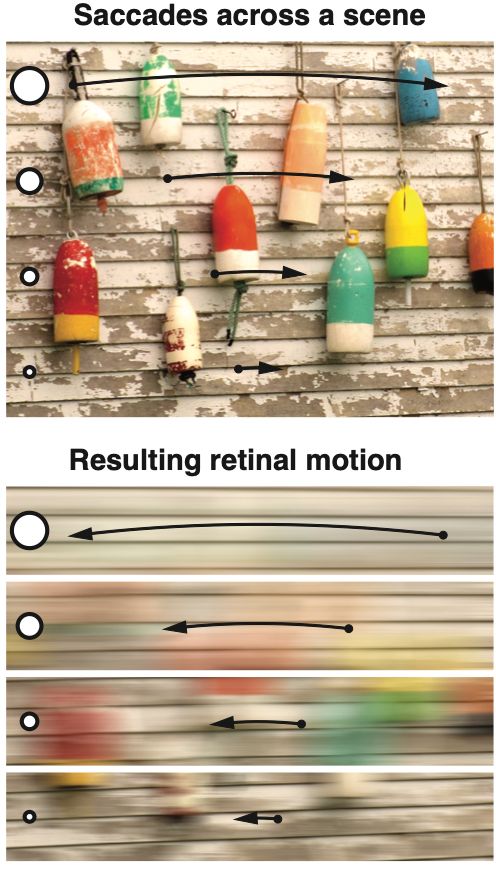rolfslab
@rolfslab.bsky.social
690 followers
54 following
18 posts
Working on active perception & cognition at Humboldt-Universität zu Berlin and Science of Intelligence cluster. Part of Berlin School of Mind & Brain, Bernstein Center for Computational Neuroscience Berlin, and Einstein Center Berlin.
@rolfslab on X
Posts
Media
Videos
Starter Packs
Pinned
rolfslab
@rolfslab.bsky.social
· May 26
rolfslab
@rolfslab.bsky.social
· Jul 18
Excited to be in Berlin for a few days to visit the Science of Intelligence Cluster @TUBerlin.bsky.social & Humboldt University, and @rolfslab.bsky.social! Anyone there, join the talk at 10am today (now!)!
www.scienceofintelligence.de/event/matthi...
www.scienceofintelligence.de/event/matthi...

Matthias Nau (Vrije Universiteit Amsterdam), "Revealing General Principles Underlying Active Vision and Memory" - scienceofintelligence.de
Image created by Maria Ott with DALL-E.
www.scienceofintelligence.de
Reposted by rolfslab
rolfslab
@rolfslab.bsky.social
· May 26
rolfslab
@rolfslab.bsky.social
· May 26

Lawful kinematics link eye movements to the limits of high-speed perception - Nature Communications
Saccadic eye movements sample the visual world, but the retinal motion they entail goes unnoticed. This study shows that lawful saccade kinematics predict motion visibility, omitting saccade-like moti...
doi.org
rolfslab
@rolfslab.bsky.social
· May 26
rolfslab
@rolfslab.bsky.social
· May 26
rolfslab
@rolfslab.bsky.social
· May 26
rolfslab
@rolfslab.bsky.social
· May 26
rolfslab
@rolfslab.bsky.social
· May 26

Saccadic omission revisited: What saccade-induced smear looks like
During active visual exploration, saccadic eye movements rapidly shift the visual image across the human retina. Although these high-speed shifts occur at a high rate and introduce considerable amount...
doi.org
rolfslab
@rolfslab.bsky.social
· May 26

Coupling perception to action through incidental sensory consequences of motor behaviour - Nature Reviews Psychology
Studying action is key for understanding perception because perceptual processes are shaped by movements of the sensory surface. In this Perspective, Rolfs and Schweitzer propose four hallmarks of act...
go.nature.com
Reposted by rolfslab
rolfslab
@rolfslab.bsky.social
· Nov 20

Postdoctoral research fellow (m/f/d) - E 13 TV-L- Visual Information Sampling at Science of Intellig...
We're looking for: Postdoctoral research fellow (m/f/d) - E 13 TV-L- Visual Information Sampling (Full Time) • Marchstraße 23, Berlin, 10587, Deutschland
t.co









